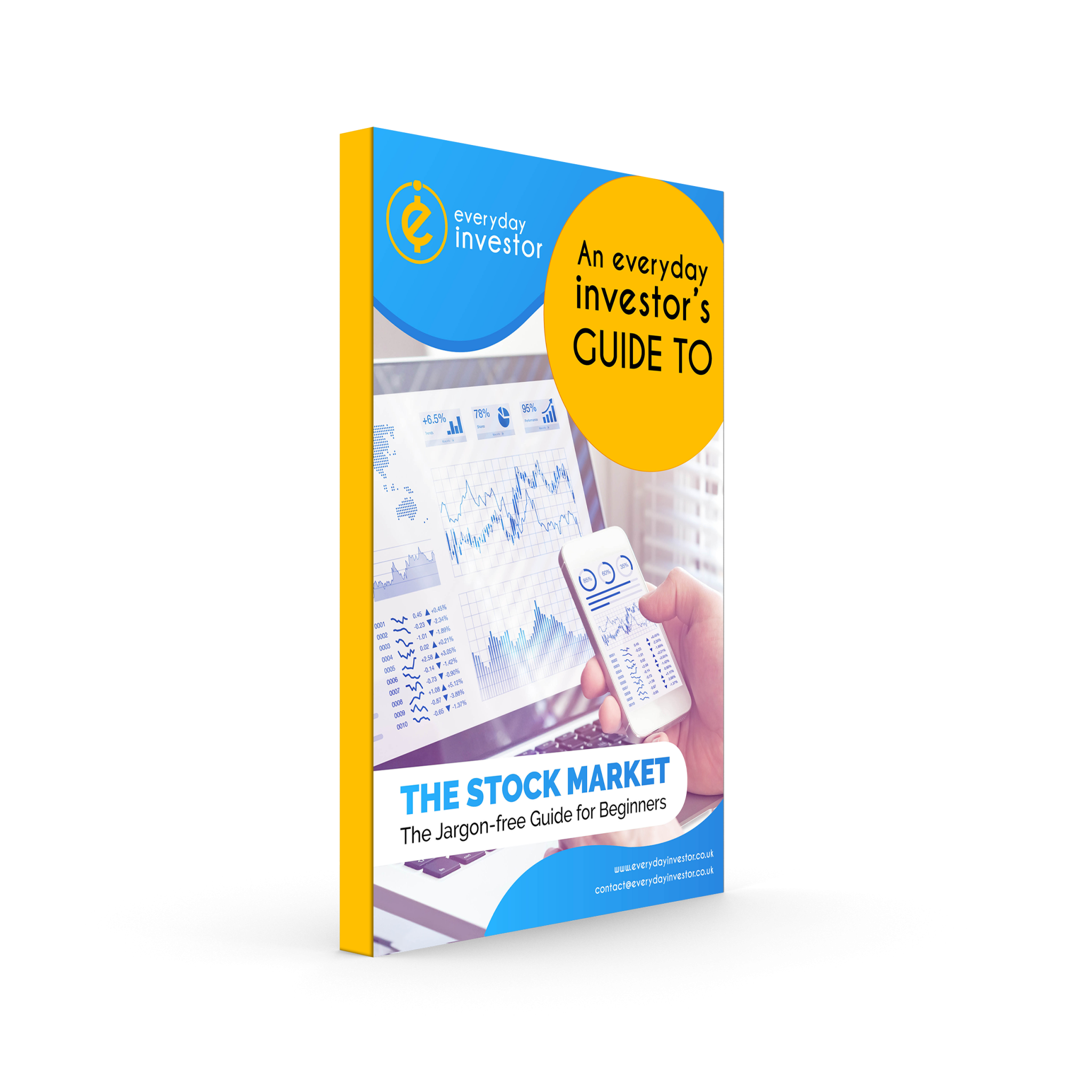There are three main U.S. stock market indexes. These are the S&P 500, Dow Jones Industrial Average and Nasdaq Composite. Whilst these are the ones that are the most widely followed there are thousands of other U.S. stock market indexes too.
Indexes are essentially groupings of stocks. They are useful as they help us to see how the stock market (or sectors within it) is performing. You may be familiar with the FTSE indexes. It is also possible to invest in a fund that aims to track a particular index.
Here, we are going to focus on explaining what you should know about the three main indexes in the United States.
The narrow U.S stock market index – the Dow Jones Industrial Average
The Dow Jones Industrial Average is a U.S. stock market index which is commonly known as “the Dow”. It was launched way back in 1896 and is often used in media headlines to describe what is happening in the stock market.
However, investors don’t tend to judge the Dow Jones Industrial Average index to be the best representation of the stock market. For a start, it only contains 30 companies and even these aren’t the largest U.S. companies. For example, giants Amazon and Alphabet (Google’s parent company) are not part of the index. However, there are many you will recognise such as The Walt Disney Company, McDonald’s and Nike.
In addition, the index is not weighted by market capitalisation. The market capitalisation of a company is essentially it’s the market value. This is the number of shares it has in issue multiplied by its share price. In many stock market indexes, such as the FTSE 100, the index is weighted so that the larger companies (in terms of market capitalisation) carry more weight. Let’s say a company with a large weighting saw it’s share price rise. The effect on the value of the index as a whole would be greater. Instead, the Dow weights companies based on share price. So, companies with a higher share price have a greater influence on the performance of the index as a whole.
The 30 companies who comprise the index are not set in stone. The index is maintained by S&P Dow Jones Indices with a committee selecting the component companies. Most years tend to see one of two changes made.
It is a useful index to compare different points in time but not necessarily an indication of the U.S stock market as a whole.
The broad U.S. stock market index – the S&P 500
The S&P 500 index, created in 1957, is the stock market index many investors consider to be a better representation of the U.S. stock market. For a start it comprises 500 companies (including the 30 who are part of the Dow).
Also, whereas the Dow Jones Industrial Average index is weighted by share price, the S&P 500 index is weighted by market capitalisation. This is in-line with most major stock market indexes. The top ten constituents of the index account for around 22% of the total value of the index.
The S&P 500 index contains the largest U.S companies (in terms of market capitalisation). According to S&P 500 Dow Jones who manage the index, it represents approximately 80% of the total capitalisation (market value) of the U.S stock market. Of the different U.S. stock market indexes, you can see why many investors judge this index to better represent the U.S. stock market as a whole.
The five largest companies in the S&P 500 index are Apple, Microsoft, Amazon, NVIDIA and Alphabet.
In contrast to the Dow, the constituents of the S&P 500 index are not selected by committee. Instead, there is a process in place to ensure that the largest 500 companies (in terms of market capitalisation comprise the index).
The tech-focused U.S. stock market index – the NASDAQ Composite
Launched in 1974, the NASDAQ Composite index comprises the companies who are traded on the NASDAQ stock exchange. That’s right, there is more than one stock exchange in the U.S. with the New York Stock Exchange and NASDAQ. Whilst they operate in different ways the everyday investor is unlikely to notice a huge difference.
Whilst the S&P 500 index features some companies listed on both the NASDAQ exchange and the New York Stock Exchange, the NASDAQ Composite is Nasdaq-only. Despite this, it is not a small index. In total, over 3000 stocks form the index.
Like the S&P 500, the NASDAQ Composite index is weighed by market capitalisation, meaning the big players carry more weight. Many tech companies are listed on the NASDAQ, which makes this index very tech-focussed. As a result, the weighting of the index is biased towards the tech industry.
The largest companies who form the index are again Apple, Microsoft, Alphabet, Amazon and NVIDA. Other big names you may recognise include PepsiCo, Netflix, PayPal and Starbucks.
Why these U.S. stock market indexes matter
As the world’s largest economy, it is important for any investor to have an understanding of how the U.S. stock market is performing. Keeping tabs on these three indexes will help you do just that. As each index is different it is a good idea to follow all three rather than just focus on one. However, the one many investors tend to use as the benchmark of performance is the S&P 500 index.
If you’re keen to learn more make sure you check out the rest of our website or grab a copy of our free Beginner’s Guide to Investing in the Stock Market.
Data Source: S&P Dow Jones Indices. Oct 2023.
All our content is provided for educational purposes only, to help you make your own decisions. We don’t provide personalised advice. Therefore our content should not be considered an invitation, inducement or recommendation to engage in any particular investment activity. Please review our disclaimer and website terms for full details.








